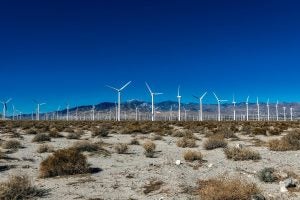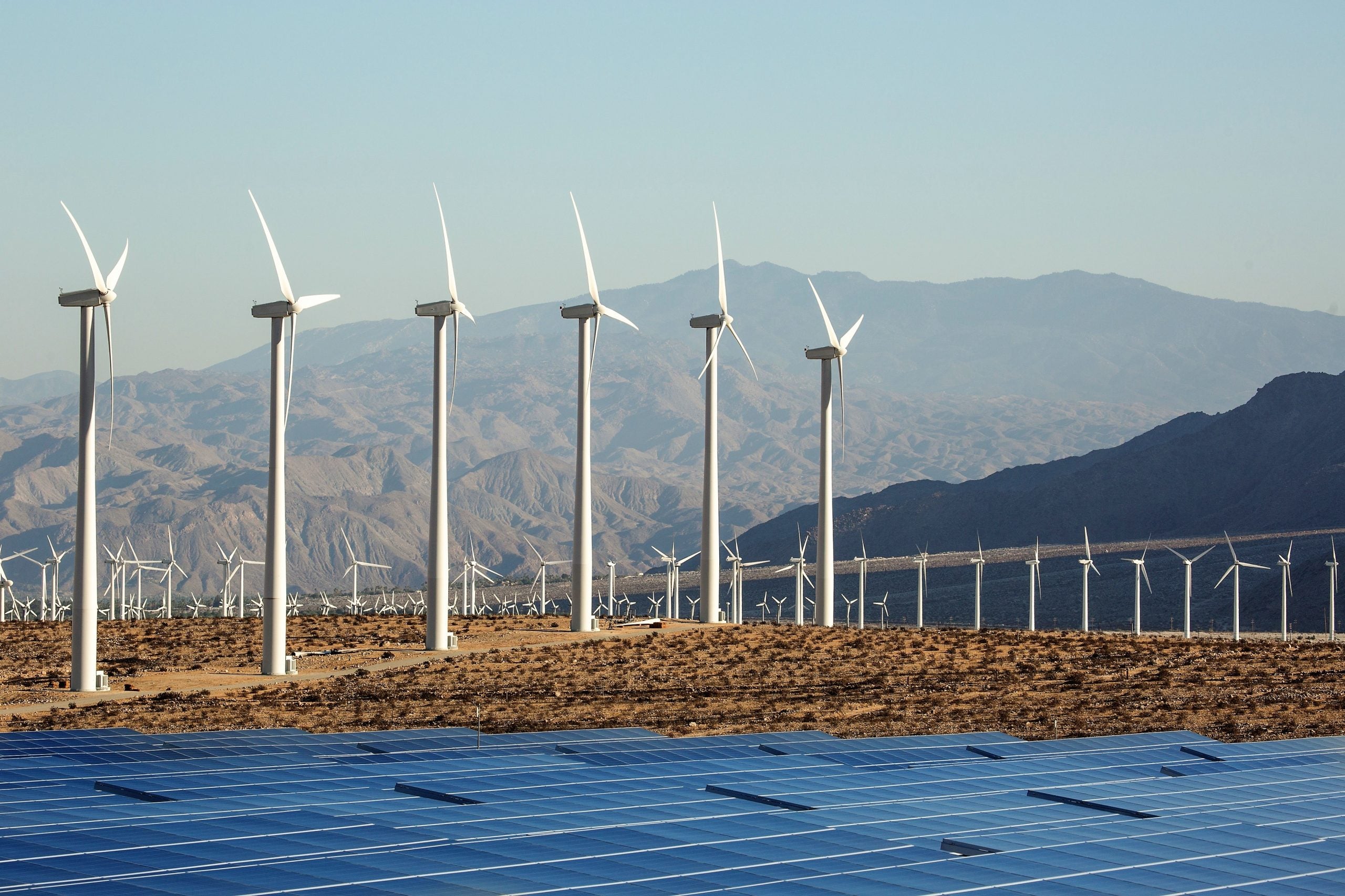
With one week to act, California needs to pass these policies to drive climate progress and protect communities
This post was co-authored by Caroline Jones, Analyst for U.S. Climate
The heat is on in Sacramento.
With less than a week left in the California State Legislature’s session (which ends on August 31), a set of potentially game-changing climate policies are on the table. Earlier this month, Governor Newsom released a series of proposals for the legislature, including a more ambitious goal for cutting climate pollution by 2030, codifying a carbon neutrality goal, interim clean electricity targets, safeguards from the health impacts caused by oil and gas drilling and providing direction on the use of carbon capture and sequestration — all of which are now being negotiated in Sacramento.
This push arrives amid a grueling year for climate change-fueled impacts across the state, with wildfires, heat waves and the worst megadrought the West has seen in over 1,000 years all underscoring the urgency for bold action. And with the new, massive down payment on climate and clean energy through the Inflation Reduction Act, California will have even more tools and investments available to drive down climate pollution further and faster.
Here are the key policies that can drive meaningful climate progress and protect communities — and need to pass the finish line by the end of the session.
1. Accelerating near-term ambition with a stronger 2030 target
The first pillar in the new climate package, AB-2133, calls for an increase in ambition in California’s 2030 greenhouse gas emissions reductions goals — ramping up targeted pollution cuts from 40% to 55% below 1990 levels. This is an important acceleration of climate ambition: the sooner California curbs its emissions, the more pollution it will keep out of the atmosphere — and the less cumulative build-up of climate pollution that will fuel dangerous wildfires, drought and extreme heat across the state. And now, armed with significant investment from the federal government thanks to the Inflation Reduction Act, California has an even greater ability to reach more ambitious targets in line with the latest science.
California has long been known as a global climate leader, but that title will have to be re-earned this decade as the climate crisis accelerates and new leaders raise the bar. With the latest findings from the Intergovernmental Panel on Climate Change revealing that the world could exceed the 1.5 degree Celsius threshold of dangerous warming as early as 2030, maximizing cuts in climate pollution in this decade is absolutely crucial for California to do its part in the fight against climate change.
2. Codifying a strong carbon neutrality goal
Another key piece of the climate package is the revival of the California Climate Crisis Act (AB 1279), which stalled in the Senate last year. This bill would codify California’s goal to reach statewide carbon neutrality as soon as possible and no later than 2045. The Climate Crisis Act, as it was introduced last year, would also ensure that California meets this goal by slashing emissions from pollution sources to at least 85% below 1990 levels. Having an ambitious direct emissions reduction goal is an indispensable part of California’s carbon neutrality target because it requires that the state actually phase out its emissions from pollution sources to achieve carbon neutrality as soon as possible.
To reach our global climate goals, the world will need to remove carbon pollution from the atmosphere — using both natural carbon sequestration and engineered carbon removal — but we cannot overly rely on these solutions as an alternative to reducing emissions from pollution sources. We need to do as much as we can with solutions at our fingertips now to sharply cut pollution from industrial facilities, vehicles, power plants and more.
Codifying both of these targets into law would ensure that California, its residents and industry can start planning — with certainty — for a net-zero future. Certainty is key in order to encourage investment in developing emission reduction technologies, build our understanding of nature-based climate solutions and give lead time to polluting industries who need to ensure a high-road transition for their workers. Without codification, California’s admirable goals remain just a promise.
3. Protecting communities from oil drilling and industrial pollution
Governor Newsom’s proposals also include some crucial community safeguards that would help protect communities overburdened by the impacts of oil and gas extraction. One safeguard, SB 1137, would establish a setback distance of 3,200 feet between new oil wells and any homes, schools or parks in the area, which could help mitigate harmful health impacts that are linked with proximity to oil extraction like breathing in toxic air pollution. Communities of color and people living below the poverty line disproportionately bear the brunt of these impacts.
The proposal also calls for pollution controls on existing oil wells, a long-overdue protection for the over two million Californians who currently live within 3,200 feet of an active oil well. Going forward, as carbon capture, utilization and sequestration technology is deployed in California, it’s equally important that there are strong protections in place for communities — ensuring that local pollution doesn’t get worse with the introduction of these technologies, new risks are not created with unsafe pipelines or enhanced oil recovery and local communities are meaningfully included as part of the development process.
The harms from climate change — in California and around the U.S. — are felt first and worst by communities that historically have borne a disproportionate burden of California’s pollution: communities of people with low wealth, people of color, indigenous people and farmworkers, among others. Achieving California’s climate goals is essential, but how those goals are achieved cannot be overlooked. Robust community protections, such as establishing a setback requirement to minimize the pollution exposure of these communities is a step in the right direction for California’s climate policy.
With the right policies in the final package, this last-minute legislative push in California could elevate the state’s fight against climate change and re-establish the state as a global climate leader for decades to come. Accelerating action on climate change now with an inclusive, equity-focused approach is how California can, and must, meet the moment.













One Comment
Well described and very informative post it was. Thanks for sharing it.